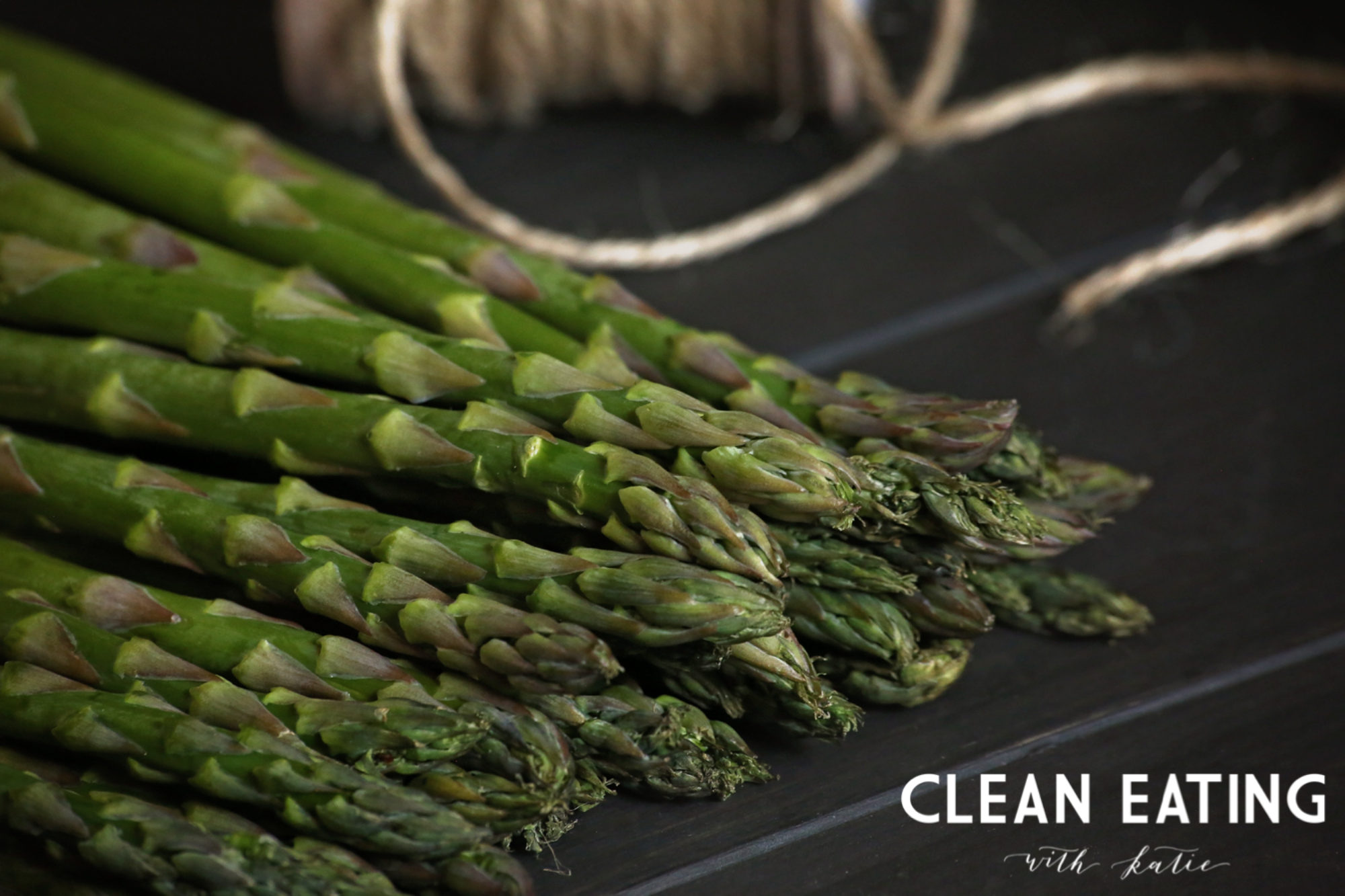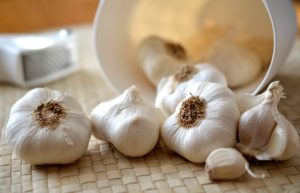I first heard of The Great Cholesterol Myth when I was attending Bauman College. A fellow student had read the book when she was diagnosed with high cholesterol in her mid-20’s. She wasn’t satisfied with the idea of being on statins for the rest of her life.
 This peaked my interest and so when it was time to do research on a topic relating to heart health, I read the book. Several months after reading the book, I went to the Paleo F(x) conference and saw Jonny Bowden speak.
This peaked my interest and so when it was time to do research on a topic relating to heart health, I read the book. Several months after reading the book, I went to the Paleo F(x) conference and saw Jonny Bowden speak.
If you’ve ever been concerned about your cholesterol levels or if high cholesterol runs in your family, this is a must read. It was a fascinating read and paradigm-shifting book. And yet, the authors are able to break down this very complicated topic so that even the non-health nut, non-science-y folks can learn a great deal.
SPOILER ALERT: Rather than animal foods that are rich in cholesterol and saturated fats, the authors build a very strong case that processed foods, sugar, soda, trans fats, and vegetable oils are the main culprits in our SAD diet (Standard American Diet). They also suggest that lifestyle factors, like STRESS, need to be dealt with in order to keep cholesterol levels in healthy ranges. Another SPOILER ALERT: Bowden and Sinatra demonstrate what the pharmaceutical companies don’t want us to know: “…[c]holesterol is a relatively minor player in heart disease and a poor predictor of heart attacks” (p.31, Bowden & Sinatra, 2012).

I’ll leave you with these facts about cholesterol:
- Cholesterol is a waxy steroid that is found in every cell membrane in your body.
- Without sufficient levels of cholesterol in your diet, your body will make it (in the liver) because it is essential.
- It is a building block for important structures such as sex hormones, bile, vitamin D, and it supports brain function, serotonin production, and it acts as an antioxidant.
- It also helps to digest fat-soluble vitamins (A, D, E, and K), insulates the nerves, and aids in fighting infection.
In the wise words of LeVar Burton, “of course, you don’t have to take *my* word for it.”
Want to know what else I’m loving (not loving)?? Let’s connect on Goodreads!


 and just I had to include it for this post. It is me to a T. While garlic is not new to most any of us, there are always new and inventive ways to include this superfood in your diet. I include it in tomato sauces, in my bone broth, in stuffed peppers,
and just I had to include it for this post. It is me to a T. While garlic is not new to most any of us, there are always new and inventive ways to include this superfood in your diet. I include it in tomato sauces, in my bone broth, in stuffed peppers,  Has been demonstrated to protect against atherosclerosis, heart disease, elevated cholesterol levels, elevated blood pressure.
Has been demonstrated to protect against atherosclerosis, heart disease, elevated cholesterol levels, elevated blood pressure. Food Facts:
Food Facts: void of nutrients). So unless they are garden tomatoes or farmer’s market tomatoes, they are often mealy and are picked when green. The book
void of nutrients). So unless they are garden tomatoes or farmer’s market tomatoes, they are often mealy and are picked when green. The book 
